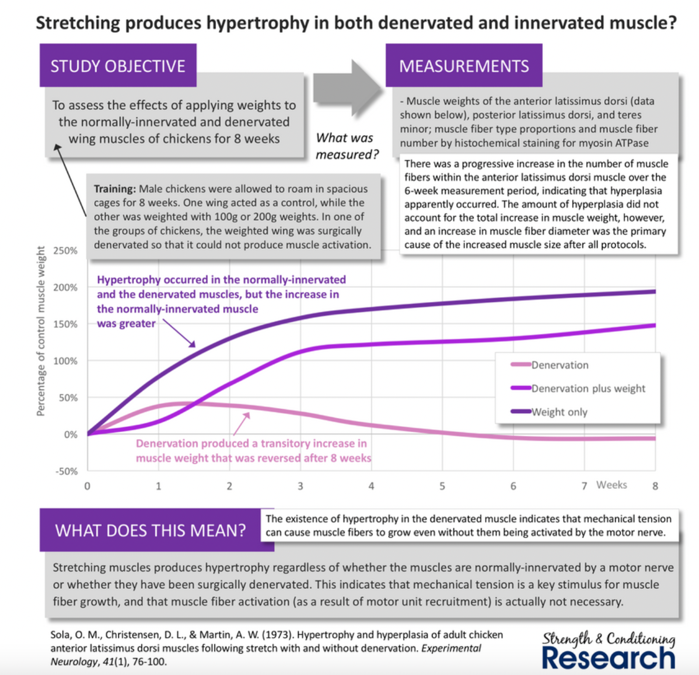Looking to tone up for the summer? Or, perhaps you are ready to ditch the sleeves and start building arms worth of replacing them. These goals revolve around muscle growth, or hypertrophy. Simply picking up a dumbbell and moving it from point A to B is not enough to achieve the muscle growth you seek. The exercises you choose and the way in which you do them has to challenge the muscles appropriately for them to respond and grow.
To achieve optimal muscle growth you cannot lift too heavy and you cannot lift too light (well, light weight does work under certain circumstances). There is a sweet spot how much weight you should use and how many sets and reps to use that weight with.
“Time Under Tension” is a popular saying around lifting weights, usually regarding gaining muscle. This is very good advice! But, what does it actually mean?
Mechanical tension occurs when muscles are stretched or pulled on. Yes! Stretching is a major factor in muscle growth even when the muscles can’t even move.
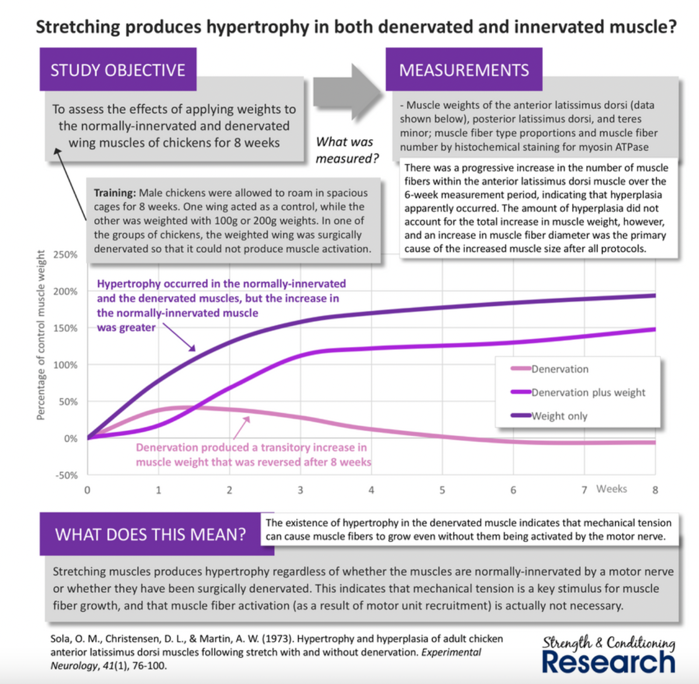
For movement to occur, muscle must contract. There are microscopic components within the muscle cells that “shake hands” and “pull on each other” and cause the muscle to contract. When these components (actin and myosin) pull on each other, we call that active tension. Passive tension would refer to a muscle being stretched. Muscle growth is most correlated and caused by tension, both actively and passively. The scope of this article will speak to active tension primarly.

There are thousands of little hand shakes that are possible to occur during muscle contraction. Tension in the muscle increases with the number of handshakes that are successful. Thus, if our goals are muscle growth we need to lift in ways that maximize the number of handshakes that occur during each rep and set during our workout.
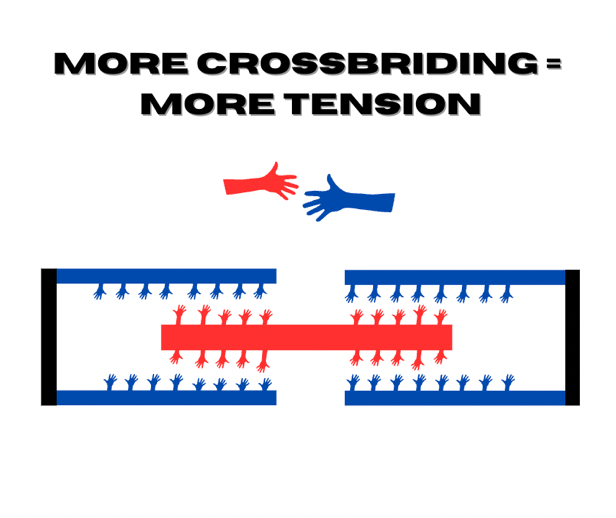
It takes time to shake hands well within the muscle. The more time we give the more likely the hand shakes will occur. If we move too fast (like running or cheating on a bicep curl…) we make it very difficult for handshakes to be successful. Exercising at speed reduces the total possible percentage of these connections in our muscles thus reducing the potential for tension.
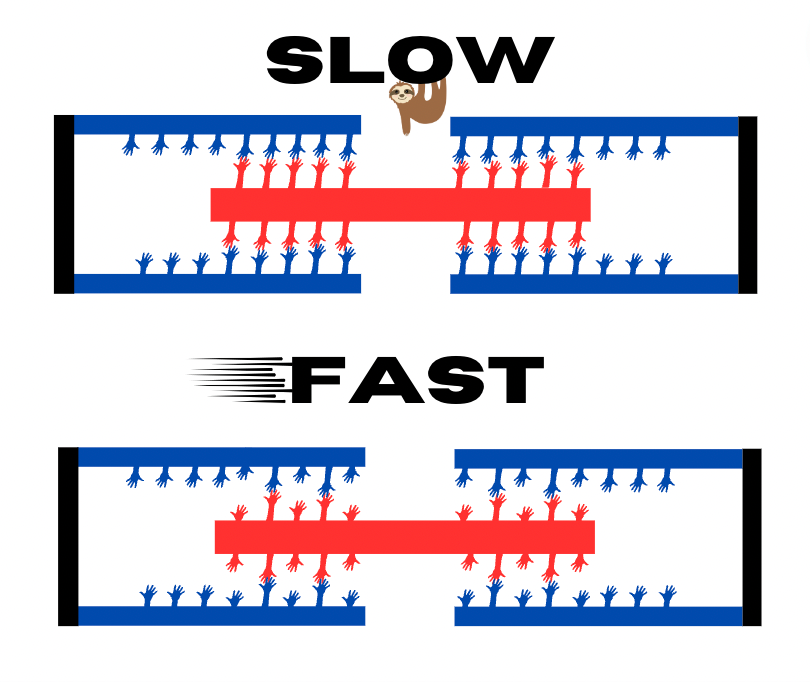
Effort is also an important factor in the number of muscular handshakes we make. If the weight is too light, we won’t use a lot of muscle to get the job done. Our bodies are incredibly efficient and will only use what is necessary to get the job done. This is why the weight we use to lift needs to be on the heavier side. “3 sets of 20 reps is good for toning/muscle growth” is an incomplete statement and misleading. A weight that can be lifted for 20 reps is usually very light for the individual. This will not stimulate muscle growth since the number of handshakes will decrease since the job is too easy to complete and needs less hands.
The only time an exercise done with high repetitions is stimulating for muscle growth is if the exercise is done to failure. Failure essentially guarantees that the weight being used will eventually require lots of effort and lots of handshakes to occur.
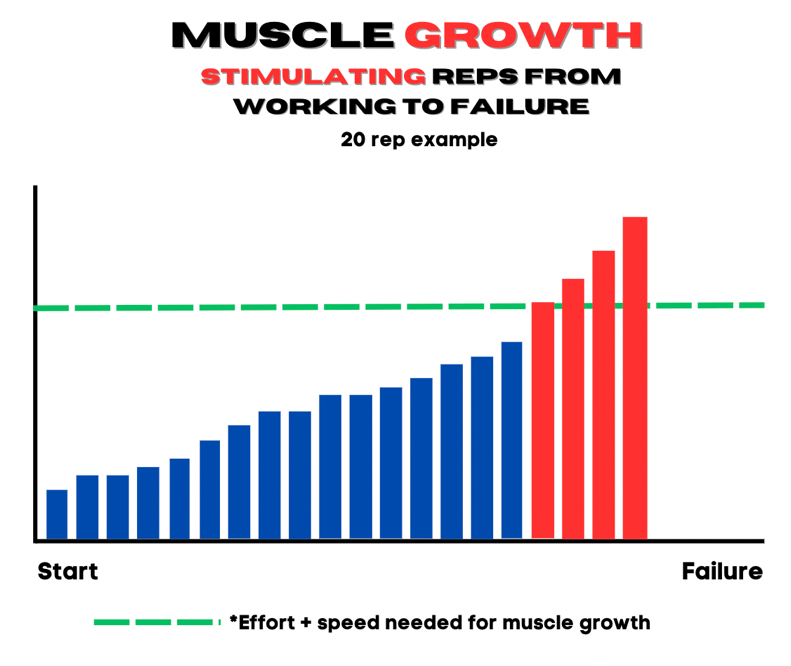
However, there are some downsides to performing exercises to failure: 1) it adds lots of time to a workout, 2) there are “wasted”, non-stimulating repetitions and 3) the longer duration sets and workouts may lead to fatigue that can take many days to fully recover from and negatively influence the quality of your next session that week.
Effort is also guaranteed when we are lifting very heavy weights. Very heavy weight also force us to lift them very slowly which also supports an increased number of handshakes. Heavy lifting is the answer then!
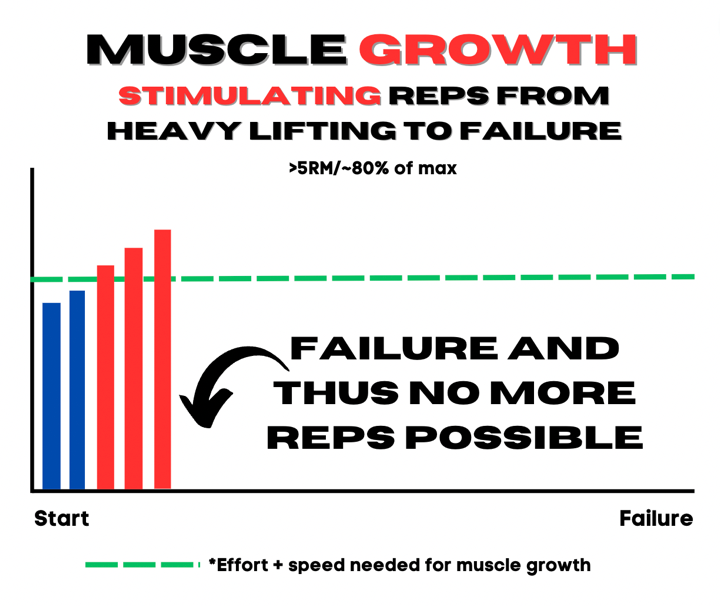
Not quite.
Although heavy lifting does check the muscle growth boxes of A) slow movement and B) high effort, there is one problem: the heavy weights may cause us to quit when we still may have some stimulating reps left on the table! This means there is still some “time under tension” left for us to extract from the exercise.
The stimulating reps of very light weights are found at the end of the set, towards the failure point. You must go through a lot of “wasted reps” to get there though.
The stimulating reps in heavy lifting can be found immediately at the front, but it may cut our efforts off early.
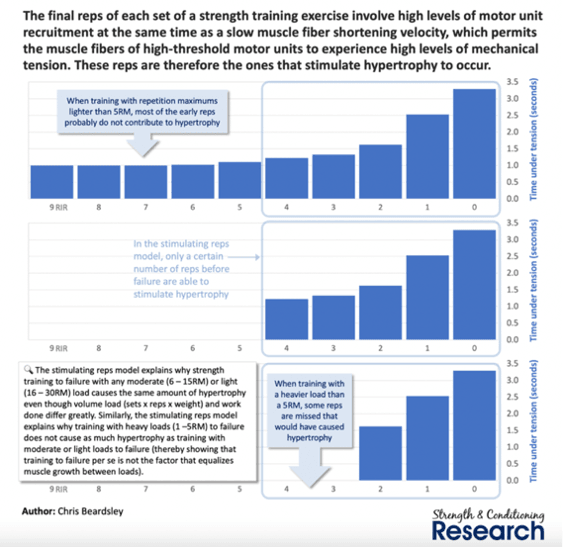
Lifting with moderate weights that allow for a challenging ~6-15* repetitions provide the zone of optimal muscle growth. It is not too heavy nor too light. Stimulating and effective reps occur quickly in the set and last longer than if we were lifting with a weight too heavy and couldn’t lift more than 5 reps. There are also reduced wasted reps since the weight used is not very light.

Recommendations
If your goals are muscle growth, hypertrophy, or toning up:
- Use rep ranges of approximately 6-12 reps.
- Lift heavy! At the very least the final 2 reps (of your set of 6-12) should feel hard! It should feel like you can go no further very soon.
- *To ensure safety while you exercise with complicated and potentially risky movements like back squatting, bench pressing, etc. A) lift with a partner and B) conclude your set a few reps shy of pure failure.
- The exercise speed should be slow and controlled to ensure maximal crossbridging and tension.
- 2-4 sets of the exercise you choose should be plenty before you move on to the next. The goal is not to blow out your body in one day but to properly stimulate the muscles throughout the week. An example 2-Day routine is provide below for visual example. All exercises would be completed for 3 sets of 6-12 repetitions towards *SAFE FAILURE
Squat
Dumbbell Row
Dumbbell Bench
Single Leg Dead Lift
Lat Pulldown
Single Arm Cable Press
Deadlift
TRX Row
Push Ups
Landmine Shoulder Press
Split Squat
Pull Up

